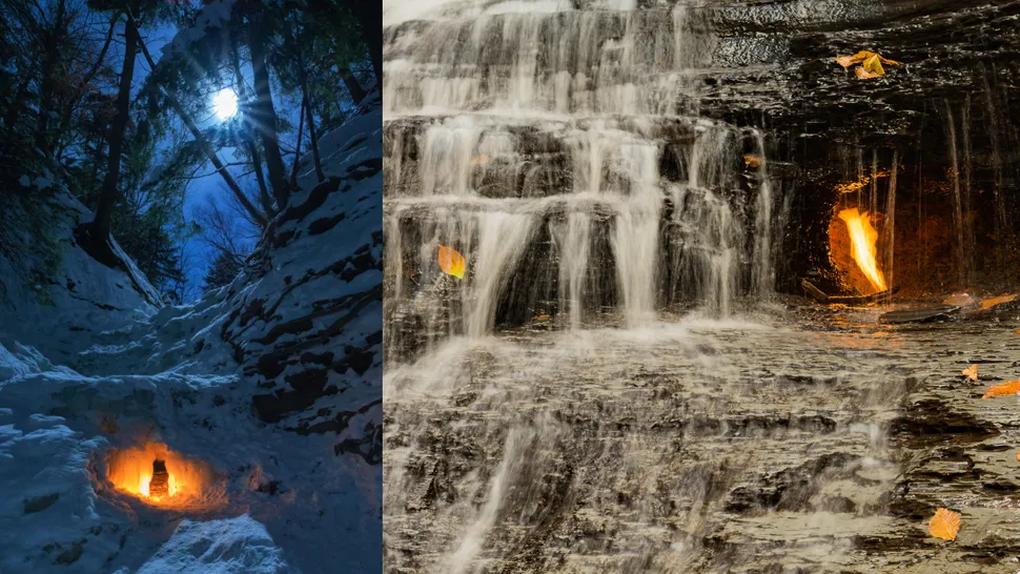
Eternal Flame Falls is a waterfall in New York state, USA, home to one of the few natural eternal flames in the world .
The waterfall is about 9 meters high and has two levels: the upper level is 2.5 meters high and the lower level is 6.5 meters high. The waterfall flows over a ledge of shale, a sedimentary rock made up of compacted clay, silt and organic matter.
True to its name, Eternal Flame Waterfall is notable for the fire that burns continuously behind the waterfall. The small flame is up to 20 cm high, protected by the walls of a small cave that protects it from any water spray and wind.
The air around Eternal Flame Falls reeks of rotten eggs. This is because the falls are surrounded by natural gas streams that emit hydrogen sulfite, methane, and other gases.
The largest air current is located directly below the eternal flame.
Gases like methane are highly flammable. Shielded by the small cave, protected from water and wind, simply lighting a match or a small lighter can ignite the natural gas escaping from this gap, creating an eternal flame.
There are also many other openings around the Eternal Flame waterfall that release flammable gases, but because the cave is not protected from wind and water, even if lit, they will not burn for long.
According to research by a team of experts from G. Etiope (Italy's National Institute of Geophysics), the natural gas at the Eternal Flame Falls originates from the decomposition of organic matter in buried shale layers. Specifically, this gas comes from a geological formation called the Hanover Shale dating back to the Devonian period (419.2 million to 358.9 million years ago).
Decomposing organic matter in this 27.5-meter-thick formation releases gases that accumulate underground. As pressure increases, these gases escape through cracks in the rock and soil above, forming seeps at the surface.
In a 2024 National Geographic article, researchers estimated that the gas flow from the cave was about 1 kg of methane per day, enough to sustain a small, continuous fire. However, if the gas flow decreased or was hit by strong winds or water, the fire could go out and be rekindled by the people.
The best time to visit Eternal Flame Falls is early spring, when the waterfall and eternal flame are at their most impressive. The falls rely heavily on meltwater and rainfall, so they often dry up in the summer and fall.
The fire, meanwhile, relies on relatively dry conditions. It burns more intensely in summer but looks prettier in spring, because the waterfall diffuses the light like a lampshade, creating a magical glow.
Source: https://dantri.com.vn/khoa-hoc/giai-ma-hien-tuong-ngon-lua-vinh-cuu-chay-giua-thac-nuoc-o-my-20251031194016131.htm


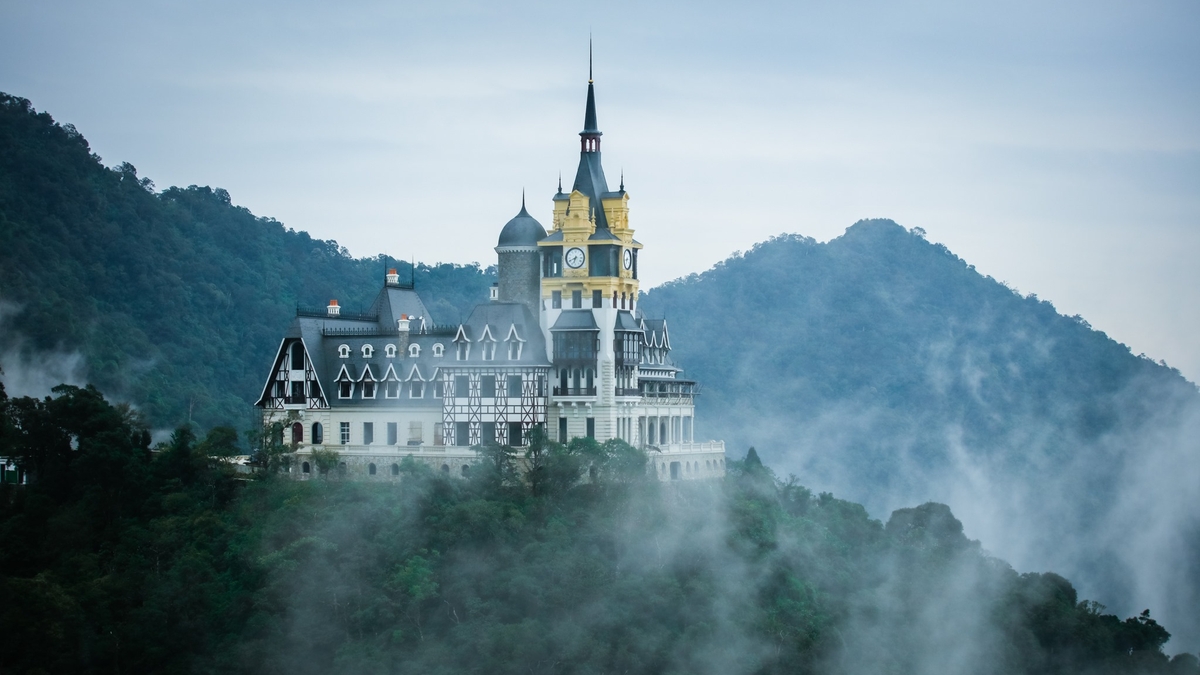
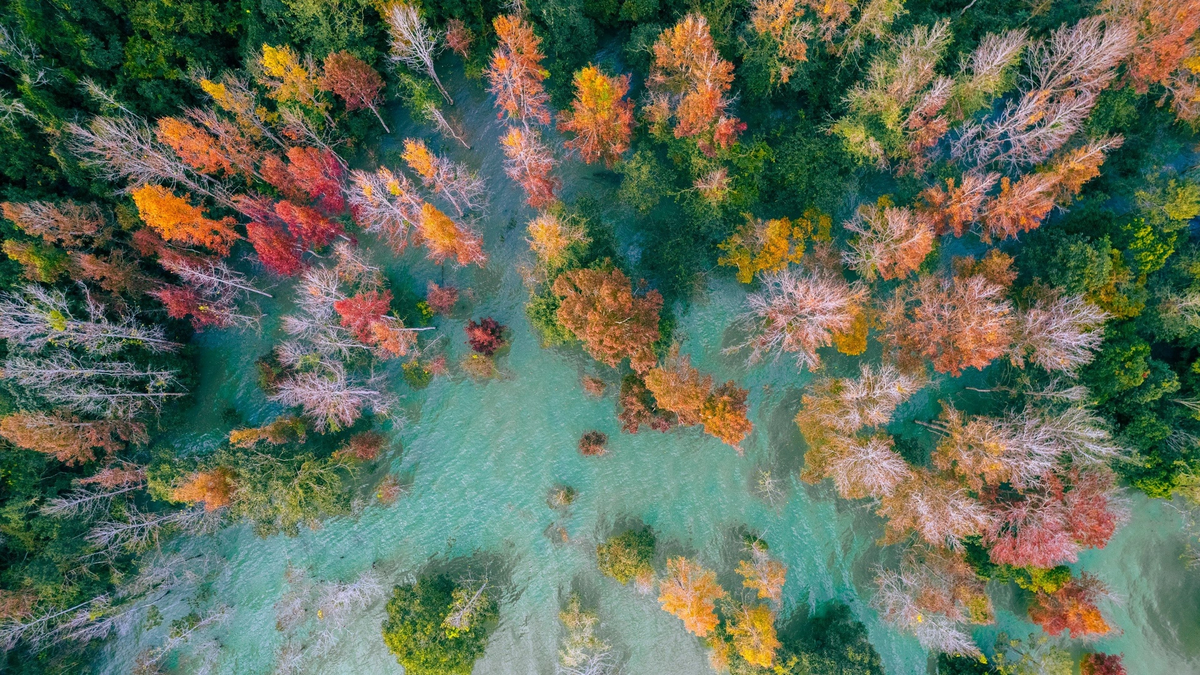
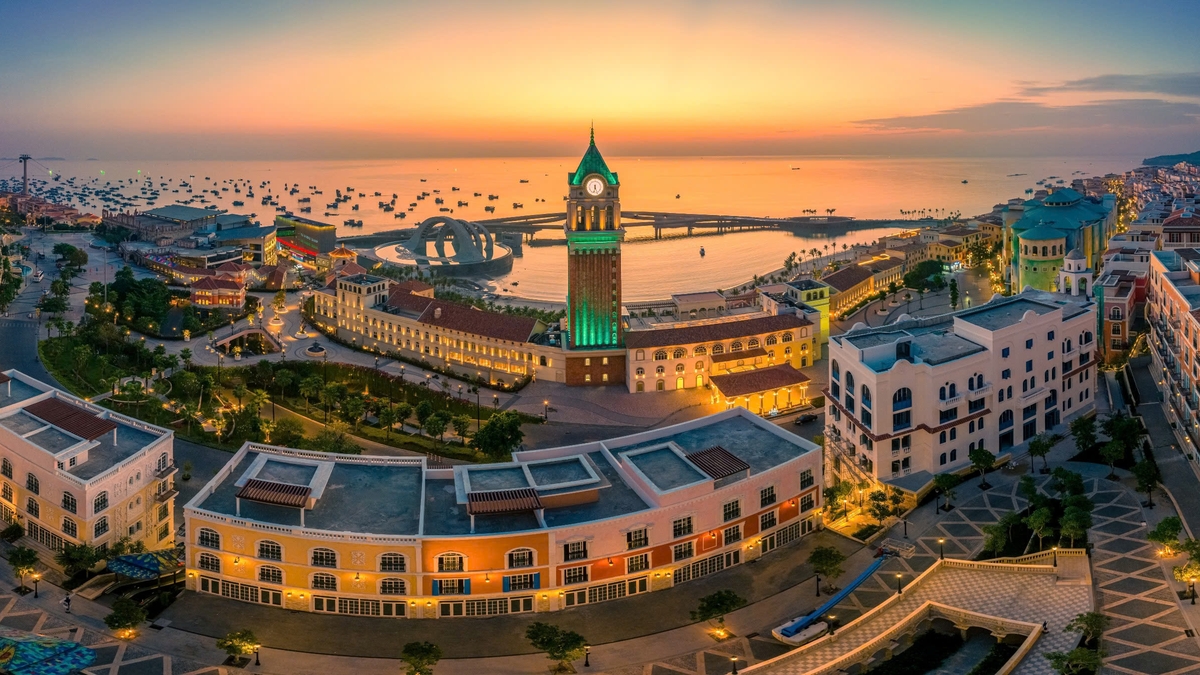





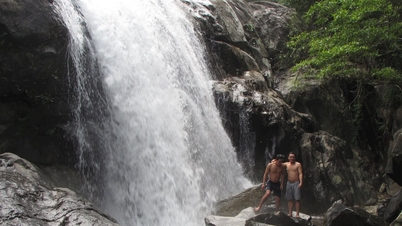


























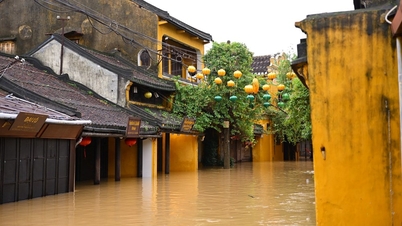





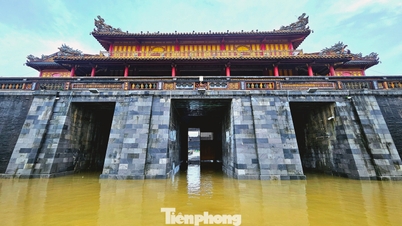

































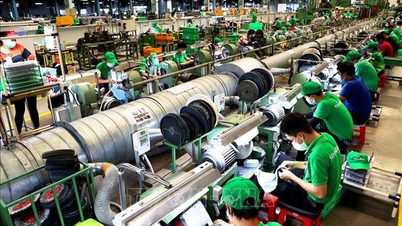











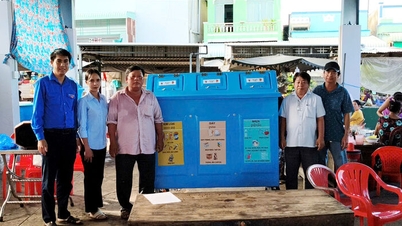























Comment (0)